
Say what?

Charlie Dittmeier's Home Page

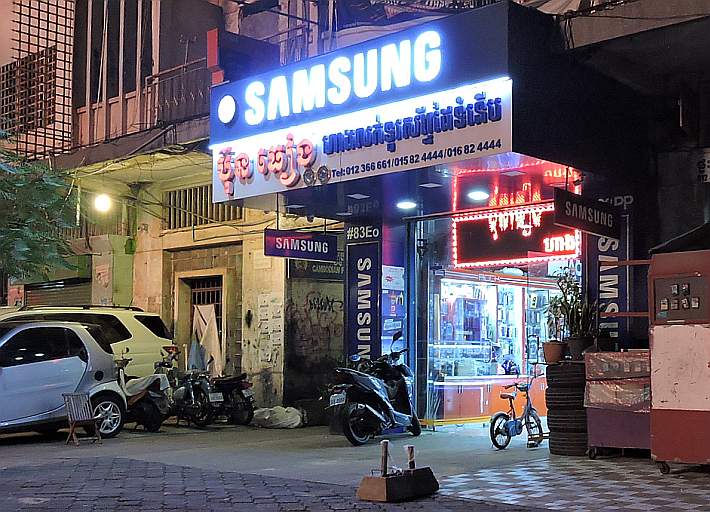
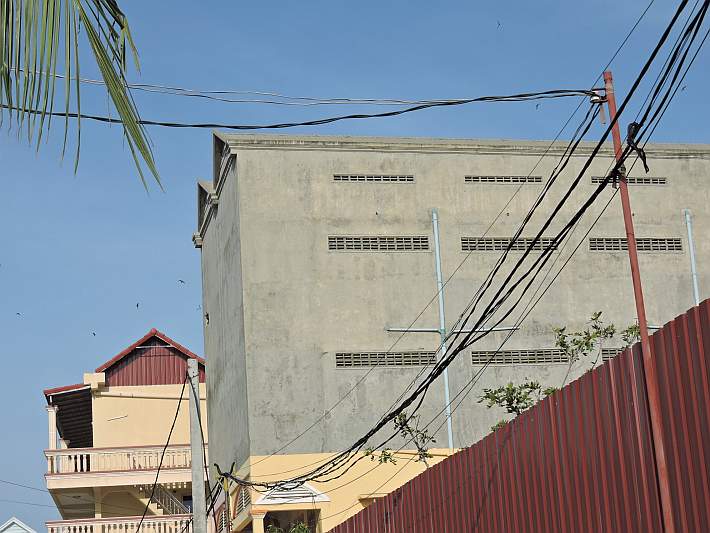
It’s not uncommon to see buildings like the one above dotting the Cambodian landscape….
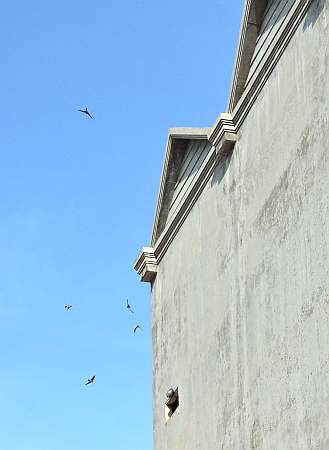
They are distinctive for two things: first while they may have some vents, like the one above, they have no windows. And second, they have an opening like the one on the left end of the building (right photo) and birds are flying in and out.
You have heard of birdnest soup. This is where they get the birdnests. The birds nest in these rooms and create nests held together with their saliva, and then later the nests are harvested and soaked and made into soup.
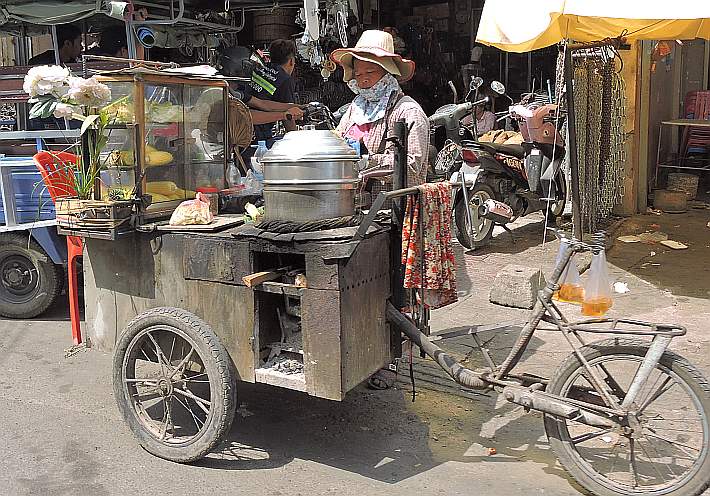

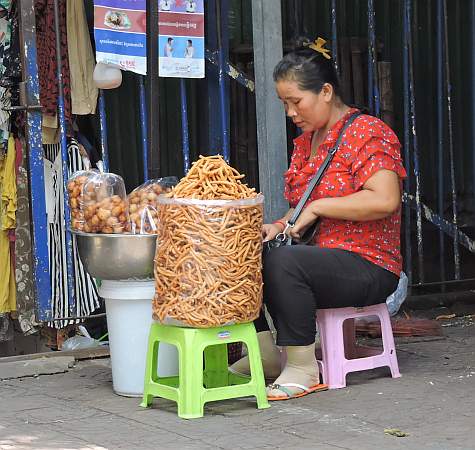
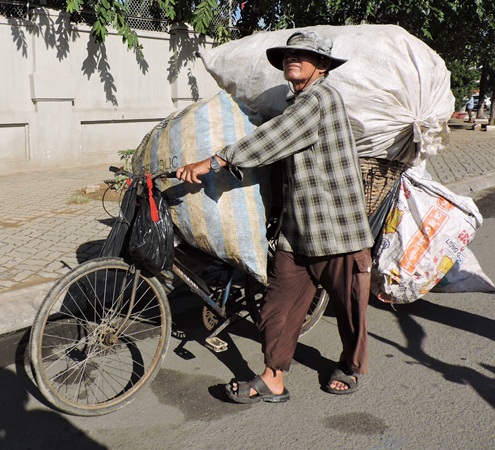
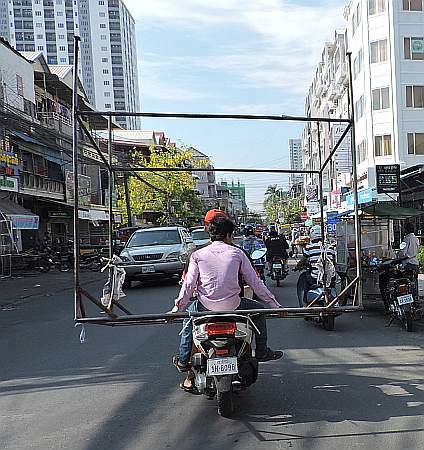
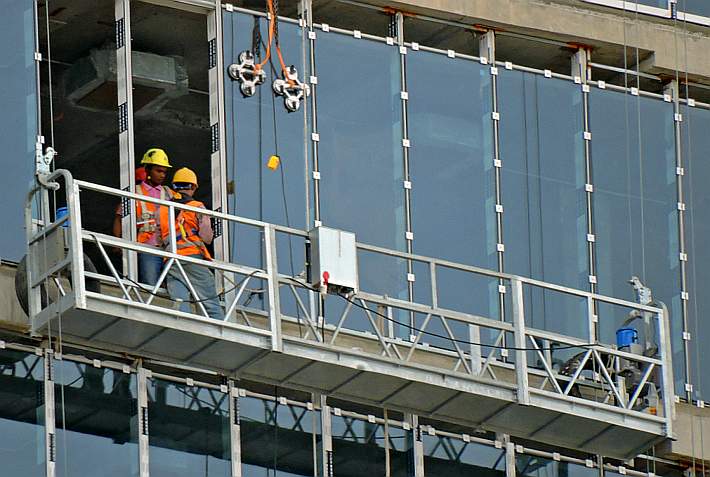
Much of the construction in Phnom Penh has ground to a halt because of all the difficulties created by COVID-19, and although it’s a Sunday afternoon, these men are still installing glass panels on the 19th floor of new building three blocks away from the Maryknoll office.
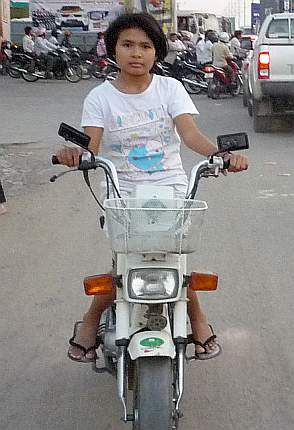
There doesn’t seem to be a minimum age for driving in Cambodia, or if there is one, it’s not observed. Click here to see photos of some of Phnom Penh’s younger drivers.